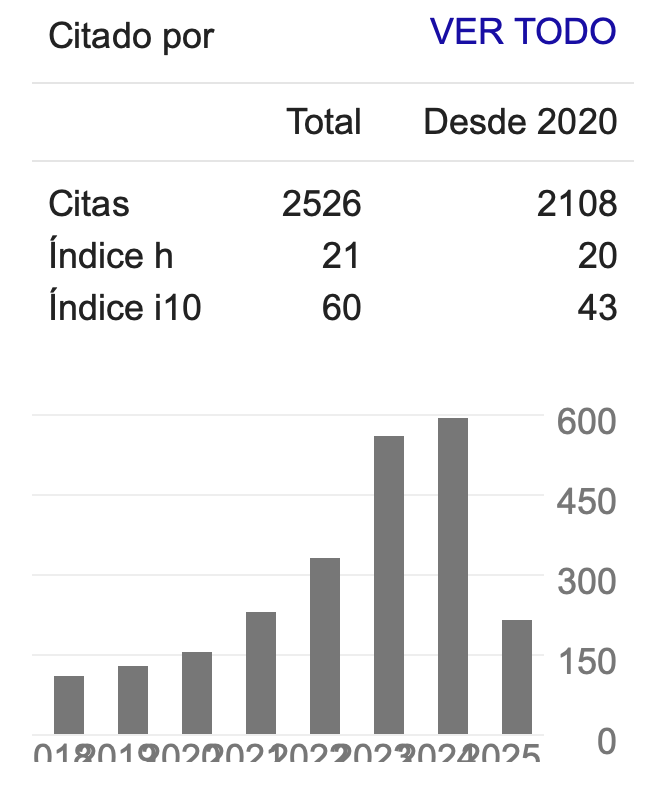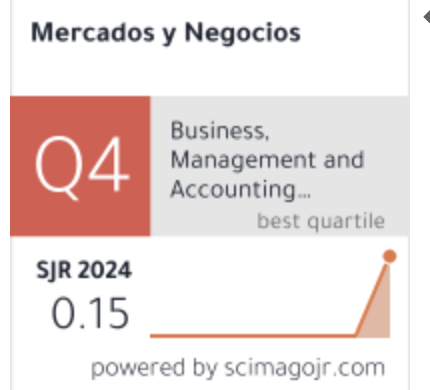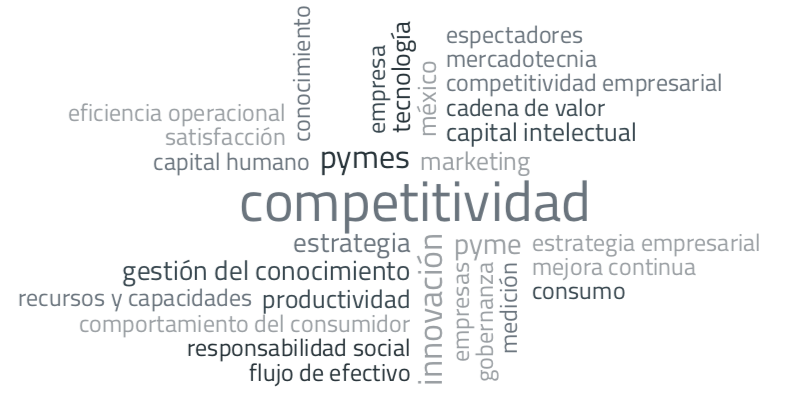La competitividad logística en Latinoamérica: índice logístico vs. propuesta metodológica
DOI:
https://doi.org/10.32870/myn.v0i20.5117Keywords:
logística, competitividad, América Latina, escala LikertAbstract
Este artículo muestra la situación actual de la competitividad logística en los países latinoamericanos, tomando como base el informe denominado “Connecting to Compite” (Trade Logistics in the Global Economy, 2007) del Banco Mundial. Este informe muestra el ranking de las posiciones que tienen los países latinoamericanos en materia de logística y en el cual se analizan las variables —aduanas, infraestructura, embarques internacionales, competencia logística, trazabilidad y seguimiento, costos logísticos domésticos y tiempo de entrega— que contiene la metodología utilizada por el Banco Mundial. La plataforma de estudio de este artículo parte del índice de competitividad logística, que, mediante la aplicación de la metodología “Valenzo – Martínez” permite analizar la base de datos de una manera más profunda, y da como resultado una escala de competitividad logística que nos muestra el nivel general de la competitividad logística en Latinoamérica, así como también el nivel de competitividad por variable, para, de esta manera, permitir una fácil interpretación de los resultados.References
Ajitabh, A., & Momaya, K. S. (2004). Competitiveness of firms: review of theory, frameworks and models. Singapore management review, 26(1), 45-61.
Ayers, J. (2004). Supply Chain projet management: a estructered collaborative and measuable approach. Boca Raton, Fla: St.
Baldwin, R. (1995). The problem with competitiveness. Genova: EFTA.
Ballou, R. H. (2004). Logística: Administración de la cadena de suministro. Pearson Educación.
Buckley, P. J., Pass, C. L., & Prescott, K. (1988). Measures of international competitiveness: A critical survey∗†. Journal of marketing management, 4(2), 175-200.
Christopher, M. (1992). Logistics & Supply Chain Management, (London, Pitmans). CONSTRUCTION & CONTRACT NEWS (1995) November/December, 30-31.
Christopher, M. (1999). Logistics and Supply Chain Management: Strategies for Reducing Cost and Improving Service Financial Times: Pitman Publishing. London, 1998 ISBN 0 273 63049 0 (hardback) 294+ 1× pp.
Cooper, M. C., Lambert, D. M., & Pagh, J. D. (1997). Supply chain management: more than a new name for logistics. The international journal of logistics management, 8(1), 1-14.
Ellram, L. M., & Cooper, M. C. (1990). Supply chain management, partnership, and the shipper-third party relationship. The International Journal of Logistics Management, 1(2), 1-10.
Elmuti, D., Minnis, W., & Abebe, M. (2008). Longitudinal assessment of an integrated industrial supply chain. Supply Chain Management: An International Journal, 13(2), 151-159.
Ezeala-Harrison, F. (1999). Theory and policy of international competitiveness. Courier Corporation.
Ferdows, K., & De Meyer, A. (1990). Lasting improvements in manufacturing performance: in search of a new theory. Journal of Operations management,9(2), 168-184.
Francois, J., Mustra, M., & Panzer, J. (2008). Conecting to Compete. Banco Mundial, Departamento de Comercio Internacional. Washington: Banco Mundial.
Handfield, R. B., & Nichols, E. L. (1999). Introduction to supply chain management (Vol. 1). Upper Saddle River, NJ: prentice Hall.
Houlihan, J. B. (1985). International supply chain management. International Journal of Physical Distribution & Materials Management, 15(1), 22-38.
Hugos, M. (2003). Essentials of Supply Chain Management John Wiley & Sons. Inc. New Jersey.
Jones, C. (1989). Supply chain management–the key issues. BPICS control,15(6), 23-26.
Krugman, P. (1994). Competitiveness: a dangerous obsession. Foreign affairs, 28-44.
Lambert, D. M., & Stock, J. R. (1993). Strategic logistics management. Irwin, Homewood, IL.
Long, D. (2007). Logística internacional. Mexico: Limusa.
Mentzer, J. T., DeWitt, W., Keebler, J. S., Min, S., Nix, N. W., Smith, C. D., & Zacharia, Z. G. (2001). Defining supply chain management. Journal of Business logistics, 22(2), 1-25.
Metz, P. (1994). Supply chain management: Report on the state of the art.
Murths, T. P., & Lenway, S. A. (1998). Country capabilities and the strategic state: How national political institutions affect MNC strategies. Strategic Management Journal, 15(5), 113-119.
Nonaka, I., Toyama, R., & Konno, N. (2000). SECI, Ba and leadership: a unified model of dynamic knowledge creation. Long range planning, 33(1), 5-34.
Olhager, J., Persson, F., Parborg, B., & Linkoping, S. R. (2002). Supply Chain impacts at Ericsson-from production units to demand-driven supply units.International Journal of Technology Management, 23(1-3), 40-59.
Oliver, R. K., & Webber, M. D. (1982). Supply-chain management: logistics catches up with strategy. Outlook, 5(1), 42-47.
Porter, M. E. (1990). ¿ Dónde radica la ventaja competitiva de las naciones?.Harvard Deusto business review, (44), 3-26.
Roberts, J. J. (2003). The Buzz about Supply Chain: Does it mean to you what it means to your organization, suppliers and customers. Australian Purchasing & Supply, 8(6), 14-19.
Scott, B. R., & Lodge, G. C. (1985). US competitiveness in the world economy.The International Executive, 27(1), 26-26.
Simchi-Levi, D., Simchi-Levi, E., & Kaminsky, P. (1999). Designing and managing the supply chain: Concepts, strategies, and cases. New York: McGraw-Hill.
Vokurka, R. J., Zank, G. M., & Lund III, C. M. (2002). Improving competitiveness through supply chain management: a cumulative improvement approach. Competitiveness Review: An International Business Journal, 12(1), 14-25.
Yuva, J. (2002). Collaborative logistics: building a united network,“. Inside Supply Management, 13(5), 50.
Downloads
Published
How to Cite
Issue
Section
License
Mercados y Negocios by Department of Mercadotecnia y Negocios Internacionales. University of Guadalajara is licensed under a License Creative Commons Attribution-NonCommercial 4.0 International.
The author retains the copyright.








